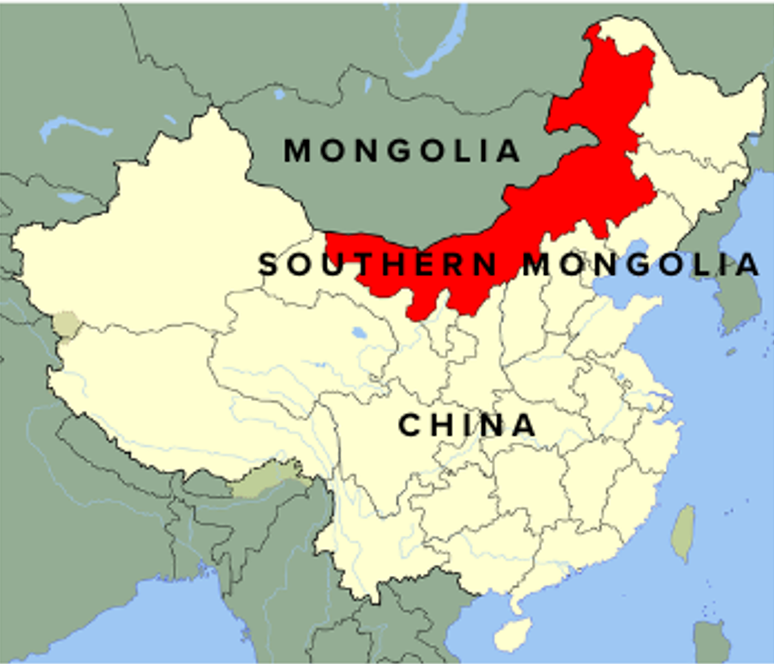
Southern Mongolia, often called Inner Mongolia by the Chinese government, is a vast region in northern China. It was historically part of the Mongol Empire and shares deep cultural and linguistic ties with Outer Mongolia (now the country of Mongolia).Today, over 4 million ethnic Mongolians live in Southern Mongolia. While we are classified as Chinese citizens, we are not Han Chinese — the dominant ethnic group in China. We Southern Mongolians speak Mongolian, follow traditional nomadic customs, and use the traditional vertical Mongolian script.
Southern Mongolians are not just an ethnic minority. We have our own:
We are a distinct nation — with our own identity, rooted in the steppes, long before modern borders.
We are Southern Mongolians. We are not Han Chinese, and we are not the "Chinese" known by the world.We are Mongolian — by language, by ancestry, by culture, and by spirit. Our land was never truly part of China by the will of our people, and our identity cannot be erased by forced assimilation or political control.Culturally, linguistically, and spiritually, we are fundamentally different from the Han Chinese majority:
We don’t ask for permission to exist. We speak out to protect our dignity, our language, our land, and our right to live as Mongolians — free and unforgotten.